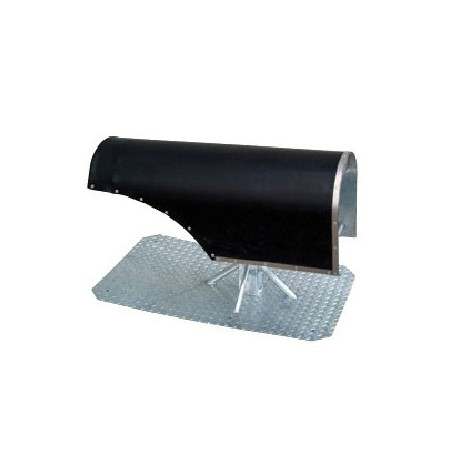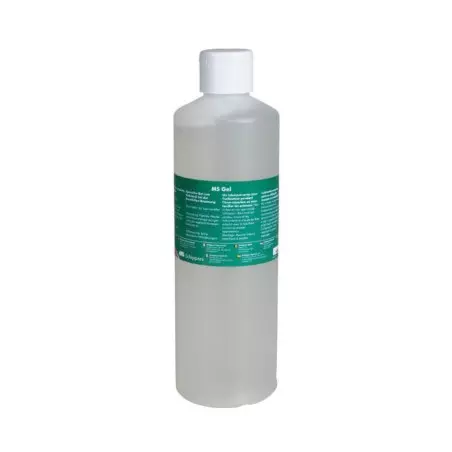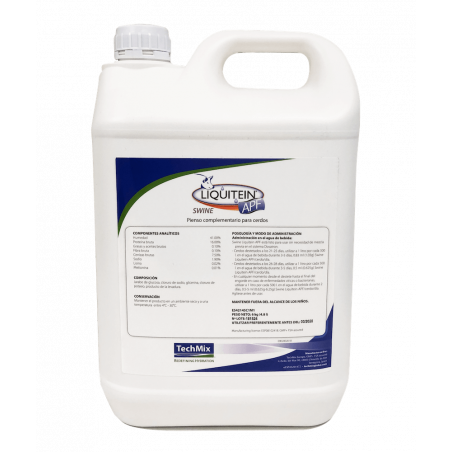Commented article
Timing and temperature thresholds of heat stress effects on fertility performance of different parity sows in Spanish herds. Iida, R., Piñeiro, C. and Y. Koketsu. Journal of Animal Science, 2021, Vol. 99, No. 7, 1–11

Academic commentary, by Josep Gasa
Although the reproductive efficiency of sows has improved dramatically in recent decades, heat stress still causes problems, especially in latitudes with hot summers. This is an observational study with the objective of evaluating the critical period in which heat stress affects the weaning-to-first-service interval and farrowing rate, and quantifying its impact on production. Results from 142 Spanish farms during 2017 were used, representing more than 1.7 million matings and around 1.4 million litters weaned. Sows were distributed into two groups (temperate environment vs heat stress) depending on the maximum ambient temperature in the week prior to weaning or the week of insemination (<27º and >27ºC).
Overall, sows weaned between July and September had a 0.10 to 1.53 day longer wean-to-first-service interval (p<0.01) and a farrowing rate 1.2 to 5.5% lower (p<0.02) than those sows weaned in April or November. The most critical weeks for the effect of heat stress were between 1 and 3 weeks pre-weaning for the wean-to-first-service interval and the second or third weeks post-insemination for farrowing rate. The threshold temperature above which the wean-to-first-service interval may be affected would be 17°C and 25°C for gilts and multiparous sows, respectively and, according to the model used, a temperature of 10°C above the threshold predicts an increase in the wean-to-first-service interval of 0.65 and 0.34 days, respectively (p<0.01). As for the farrowing rate, it would be affected starting at 20, 21, 24 and 25ºC, for parity 0, 1, 2-5, and 6+ sows, respectively, and the predicted effect of a 10ºC increase over the threshold would be reflected in farrowing rate decreases of 3.0, 4.4, 2.8, and 1.9%, respectively (p<0.01). Longer lactations are associated with shorter wean-to-first-service intervals while wean-to-first-service intervals of 4-5 days, longer lactations, or younger ages at first insemination are associated with higher farrowing rates.
In practice, these results indicate that heat stress affects farrowing rate more than the wean-to-first-service interval and more so in gilts than in sows. Maximum temperatures between 30 and 35ºC in the second and third weeks post insemination reduce farrowing rate by approximately 4% in young sows and 2% in adult sows. Under the conditions in Spain, and after an economic feasibility study, it would be advisable to air-condition the breeding area to optimize the farrowing rate.
On-farm commentary, by Josep Casanovas
Intensive swine production, among other things, is made possible thanks to the sow's ability to come into estrus when she is weaned.
Milk production blocks the ovary; the more milk produced the greater the blockage; the greater the blockage, the better the ovulation at weaning. The secret to good ovulation is to have good lactation.
A good ovulation will also guarantee good availability of corpora lutea, responsible for maintaining gestation.
Good ovulation will mean good prolificacy at farrowing. The more piglets suckling, the more milk the sow produces. This generates a virtuous cycle that tends to increase the number of piglets born in each cycle until the limit of the genetic capacity of the sow is reached.
This is true in Spain until summer comes; with the heat, it is very difficult to produce milk.
The sow's milk production is an exothermic process; it is a process that generates heat. For this reason, when the sow is hot, she stops producing milk, so as not to generate even more heat. Without milk, ovulation fails, and there are fewer corpora lutea and worse production results.
One of the serious problems in countries where there are marked seasonal fluctuations, as is the case in Spain, is that optimists enjoy hot summers and cold winters. But this is a real problem when it comes to designing good installations for the breeding sows to be comfortable throughout the year.
Summary of commented articleTiming and temperature thresholds of heat stress effects on fertility performance of different parity sows in Spanish herds. Iida, R., Piñeiro, C. and Y. Koketsu. Journal of Animal Science, 2021, Vol. 99, No. 7, 1–11 Methods: High temperature is an environmental factor that impairs sow fertility. In this study, we identified the critical weeks for heat stress effects on aspects of fertility performance, namely weaning-to-first-service interval (WSI) and farrowing rate (FR). We also examined the threshold temperatures above which the fertility performance deteriorated and whether there were any differences between parities regarding heat stress effects or thresholds. Performance data of sows in 142 herds from 2011 to 2016 were matched to appropriate weekly averaged daily maximum temperatures (Tmax) from weather stations close to the herds. Two types of ratios (i.e., ratio for WSI and odds ratio for FR) were used to identify the critical weeks for heat stress by comparing the respective measures for two sow groups based on Tmax in different weeks around weaning or service events. The ratios for WSI were calculated between groups of sows exposed to Tmax ≥ 27 °C or <27 °C in each week before weaning, with the Tmax cutoff value based on a recent review study. Similarly, the odds ratios for FR for the two groups were calculated in weeks around service. The weeks with the largest differences in the fertility measures between the two Tmax groups (i.e., the highest ratio for WSI and the lowest odds ratio for FR) were considered to be the critical weeks for heat stress. Also, piecewise models with different breakpoints were constructed to identify the threshold Tmax in the critical week. The breakpoint in the best-fit model was considered to be the threshold Tmax.  Results: The highest ratios for WSI were obtained at 1 to 3 wk before weaning in parity 1 and 2 or higher sow groups. The threshold Tmax leading to prolonged WSI was 17 °C for parity 1 sows and 25 °C for parity 2 or higher sows. Increasing Tmax by 10 °C above these thresholds increased WSI by 0.65, and 0.33 to 0.35 d, respectively (P < 0.01). For FR, the lowest odds ratios were obtained at 2 to 3 wk before service in parity 0, 1, and 2 or higher sow groups. The threshold Tmax leading to reductions in FR was 20, 21, and 24 to 25 °C for parity 0, 1, and 2 or higher sow groups, respectively. Increasing Tmax by 10 °C above these thresholds decreased FR by 3.0%, 4.3%, and 1.9% to 2.8%, respectively (P < 0.01). Conclusion: These results indicate that the critical weeks for heat stress were 2 to 3 wk before service for FR and 1 to 3 wk before weaning for WSI. The decreases in fertility performance in parity 0 to 1 sows started at temperatures 3 to 8 °C lower than in parity 2 or higher sows. |







